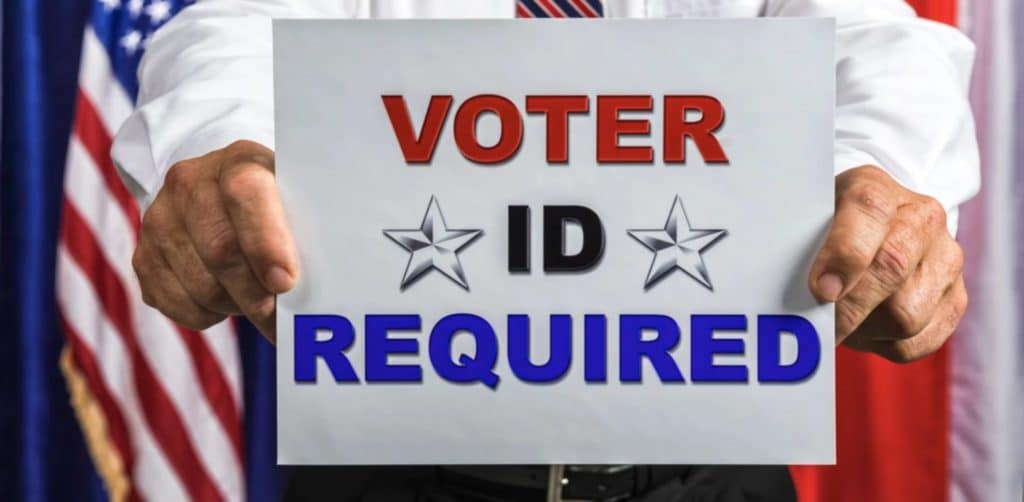Presenting identification before casting a ballot might seem like a traditional rule, but it’s actually relatively new. Since the early 2000s states have been enforcing stricter voter identification requirements with each local and national election. When Georgia amended it’s 1997 voting rule, which allowed over 17 forms of ID (H.B. 244 Section 59), to a much shorter list that required picture identification, the state consequently narrowed its voting pool. Naturally voting rights activists were concerned.
Since these amendments have taken place, advocates have been working hard to ensure the newer laws don’t further disenfranchise the many Americans who lack easy access to standard picture IDs. Consider rural America, for instance. About 60 million Americans live in sparsely populated areas with no urban centers in close proximity, according to the U.S. Census Bureau. For many of these residents, the trip to an ID office could be time consuming and financially draining—nearly impossible. But rural residents aren’t the only voters, who might struggle to obtain standard identification; senior citizens, people living with low-income, those experiencing homelessness, and those with physical disabilities are all at risk of having their votes disregarded because of issues with the ever evolving voter ID rules.
—
READ ORIGINAL ARTICLE

